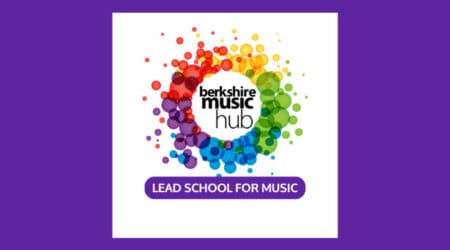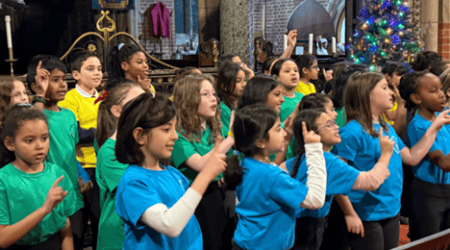Category:
Quick WinShare this article:
Quick Win Strategy for Music Teachers: Making Assessment Meaningful and Time-Saving
Assessment in music lessons can often feel like a time-consuming task, with teachers struggling to capture both the technical and personal aspects of student progress. A quick and effective way to make assessment meaningful while saving time is by using structured reflection grids.
This strategy is simple: at the end of a project, students complete two reflection grids—“What I Learned” and “How I Learned.” These grids allow students to evaluate both their technical progress and their metacognitive and social-emotional development.
By embedding these grids into your lessons, you encourage self-reflection, autonomy, and deeper learning—all without adding to your marking workload.
How the Reflection Grids Work
Each grid is designed to fit on a single A4 page, making it easy to distribute and complete within a lesson.
1. “What I Learned” Grid (Musical & Technical Skills)
This grid focuses on musical skills and techniques that students develop through rehearsals and performances. It includes key aspects of musicianship such as:
• Instrumental Technique – How well did I control my instrument/voice?
• Accuracy & Fluency – Did I play or sing the correct notes and rhythms consistently?
• Ensemble Skills & Playing Together – How well did I listen and sync with the group?
• Expression & Interpretation – Did I add dynamics, phrasing, and emotion to my performance?
2. “How I Learned” Grid (Metacognitive & Social-Emotional Skills)
The second grid encourages students to reflect on how they learned, focusing on metacognitive strategies and collaborative skills. It includes:
• Collaboration – How well did I work with others in my group?
• Independence – Did I take responsibility for my own learning and practice?
• Resilience – How did I handle mistakes and challenges?
• Creativity – Did I explore new ideas, experiment, or improvise?
• Reflection – How did I evaluate my progress and set goals?
This grid helps students recognize the learning process, not just the outcome, developing self-awareness and a growth mindset.
Why This Works
✅ Saves Time – Instead of writing lengthy teacher assessments, students reflect on their own learning in a structured way.
✅ Encourages Student Ownership – Helps students become more independent learners and take responsibility for their progress.
✅ Develops Deeper Learning – Moves beyond just “playing the right notes” to focus on musicality, collaboration, and resilience.
✅ Versatile & Easy to Implement – Can be used at the end of any music project, from ensemble performances to composition tasks.
By using these grids, assessment shifts from being a teacher-led burden to a student-driven learning tool.
Seann Wilkinson
Lead Practitioner/Director of Music/Specialist Leader of Education
Langley Grammar School
Share this article:

